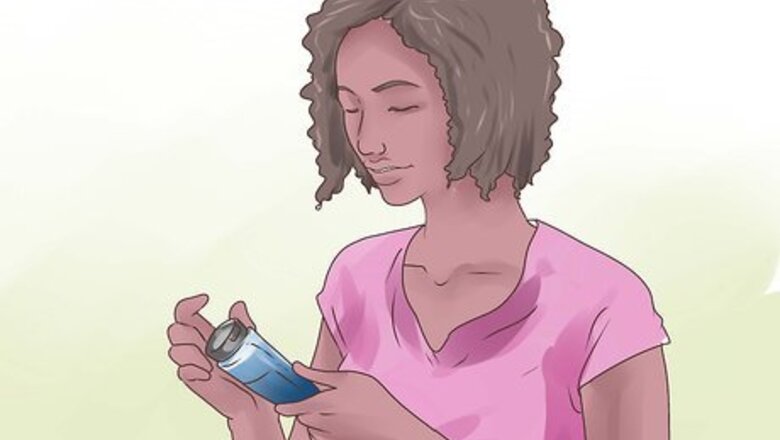
views
Washing Your Hair
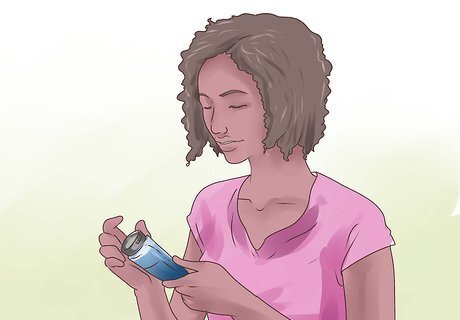
Pick products that match your hair type. African American hair comes in a variety of textures, and different types of hair have different needs. Once you’ve identified your hair type, you can ask your stylist for recommendations or do an online search for shampoo and other products made for your kind of hair. The curlier or kinkier your hair is, the more prone it will be to dryness and breakage, so these types of hair need extra TLC to grow long and healthy. Examine your hair to determine if it is: Type 1: This type of hair is naturally straight, without waves, curls, or kinks. Type 2: This kind of hair is wavy, between curly and straight in texture. Hair with the loosest waves is called Type 2A, with 2B and 2C having denser waves. Type 3: This type of hair is curly, with s-shaped or spiral strands. 3A hair has the biggest curls, while 3C hair is tightly spiraled and close to kinky. Type 4: This kind of hair is kinky, with very tightly-coiled strands and a fluffy texture. The curls in Type 4A hair are S-shaped, while the curls in Types 4B-C are z-shaped.
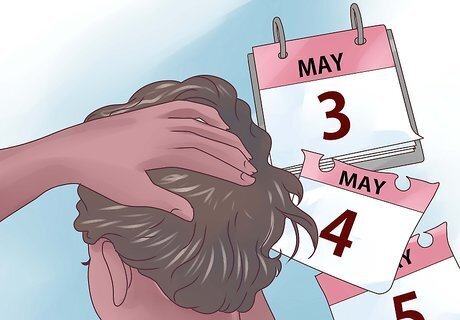
Wash your hair no more than once a week. Even if you’re using gentle shampoo, too much washing can strip the oils out of your hair and leave it dry and brittle. Try washing your hair once a week, and if that is too drying, space out your washes even more. If your hair gets greasy between washes, you can soak up excess oils with a dry shampoo. If you work out regularly, you may feel tempted to wash your hair after every gym session. This can be damaging, however. Instead of using shampoo each time you exercise, wash your hair with conditioner (co-wash) and then add a little leave-in conditioner to lock in moisture.
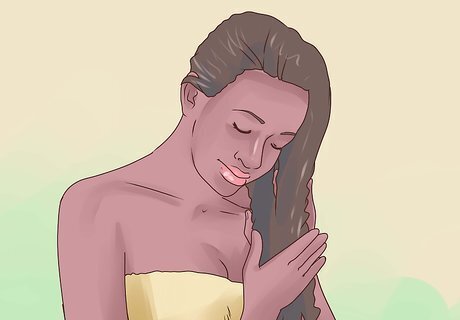
Incorporate pre-shampoo into your regular wash routine. Pre-shampoo (or “pre-poo”) is a treatment designed to lock in your hair’s natural oils and moisture during the washing process. Apply your pre-shampoo product to your dry hair in sections, working from ends to roots. Put on a plastic cap, and leave it on for 30 minutes or as directed on the package. Rinse before applying shampoo. Buy a ready-made pre-shampoo, or make your own with household products, such as: Penetrating oils, like avocado, sunflower, babassu, coconut, or extra virgin olive oil Honey Mango butter Yogurt Your favorite hair conditioner
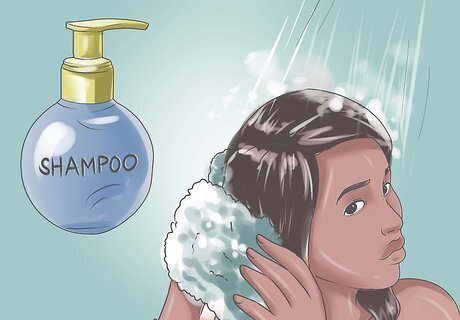
Use a sulfate-free shampoo for your regular wash. Sulfates can dry out your hair, making it more prone to frizz and breakage. Look for shampoos and conditioners that say “sulfate-free” on the bottle, or check the ingredients and make sure that “sodium lauryl sulfate,” “sodium laureth sulfate,” or “ammonium laureth sulfate” do not appear in the list. Using shampoo with sulfates once in a while can actually be beneficial, since it helps cleanse your hair and scalp of built-up oils and dirt that sulfate-free shampoos can’t break up. There are also some sulfate-free clarifying shampoos formulated for African American hair available. Use a clarifying or sulfate shampoo once a month to deep-clean your hair and remove stubborn buildup. Shampoos containing organic oils, such as jojoba or argan oil, can help keep your hair moisturized, soft, and healthy.
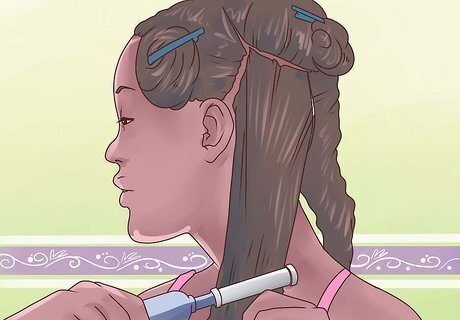
Section your hair before washing. Unless your hair is very short, washing it all at once can lead to tangles and damage. Section your hair into 4-6 braids or twists, and shampoo 1 section at a time. Remove the braid or twist from each section before washing and rinsing, and then re-braid or twist it before moving on to the next one.
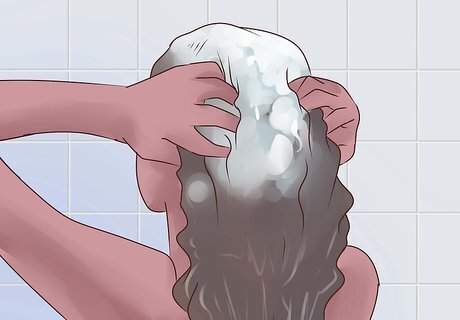
Focus on your scalp when you wash. The ends of your hair will be the most prone to dryness and damage, while the scalp and roots are more prone developing a buildup of dirt, oils, and sweat. Gently massage the shampoo into your scalp, then allow the runoff suds to cleanse the lengths of your hair as you rinse.
Keeping Your Hair Moisturized
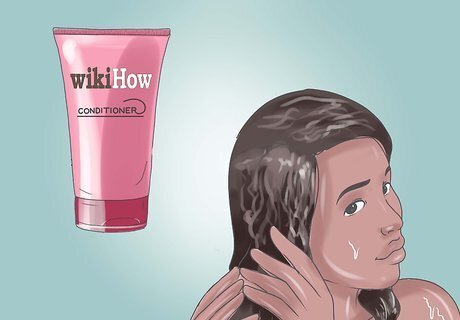
Use a moisturizing conditioner after every wash. Every time you wash your hair, the shampoo strips away natural oils and moisture. Conditioner is essential for keeping your hair moisturized and healthy. Look for conditioners that are formulated for African American hair or for hair that is curly, dry, or prone to breakage. Most conditioners work best if they sit on your hair for at least a few minutes before you rinse them out. Follow the instructions on the bottle to figure out how long to leave your conditioner in. Rinse your hair with cool water after conditioning to seal up the cuticle and lock in moisture. You can also use conditioner by itself to wash your hair between shampoos (co-washing). This is especially common for those who have natural hair. EXPERT TIP Courtney Foster Courtney Foster Professional Hair Stylist Courtney Foster is a Licensed Cosmetologist, Certified Hair Loss Practitioner, and Cosmetology Educator based out of New York City. Courtney runs Courtney Foster Beauty, LLC and her work has been featured on The Wendy Williams Show, Good Morning America, The Today Show, The Late Show with David Letterman, and in East/West Magazine. She received her Cosmetology License from the State of New York after training at the Empire Beauty School - Manhattan. Courtney Foster Courtney Foster Professional Hair Stylist Make sure you only wash your hair once or twice a week so it doesn't dry out or get too brittle.
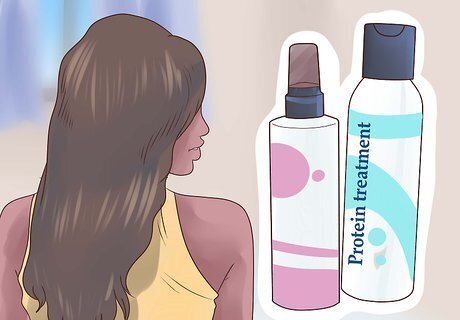
Apply deep conditioner at least once a month. Deep conditioner penetrates further into the hair shaft than regular conditioner, helping to repair damage caused by regular washing, styling, and exposure to the elements. Apply deep conditioner to damp hair after washing, and follow the directions on the bottle to determine how long to leave it on. If you wash your hair frequently, you may need to deep condition more often (up to once a week). Deep conditioners containing ingredients like argan oil and keratin can provide extra protection and nourishment for your hair. Protein masks are also great for repairing and conditioning stressed or damaged hair. You can also make your own deep conditioner with mayonnaise. Rub it into your locks and leave it in for 15 minutes. Rinse with your regular shampoo and conditioner. Repeat this every 1-2 weeks for ultra-soft curls.
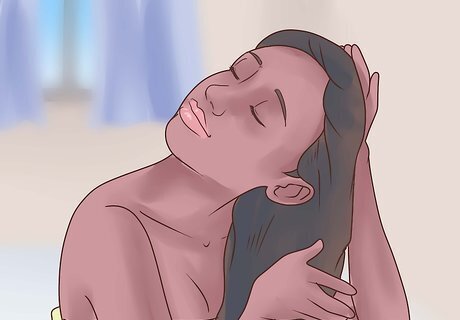
Moisturize your hair daily. Moisture is critical to keeping your hair resilient and healthy. Apply your favorite moisturizer daily, if you can. If every day is too much for your hair, try decreasing applications to every other day. Applying your moisturizer before bed instead of in the morning can help prevent your hair from feeling weighted down during the day. Start with a water-based moisturizer, then seal it in with an oil or butter. Finally, lock it all in and set your style with a moisturizing hair cream. Look for moisturizers containing ingredients like shea butter, coconut oil, or grapeseed oil.
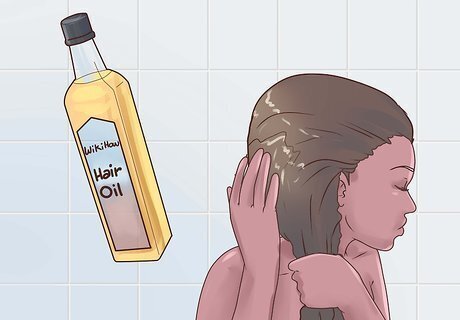
Use oils in your hair 1-3 times a week. Because it takes such a long time for your hair’s natural oils to travel to the ends of the strands, it’s important to infuse your hair with oils to supplement those your scalp already creates. Massage the oil into your scalp to moisturize and promote healthy hair growth. Avoid petroleum and mineral oils, and instead select plant-based oils. Castor oil (or Jamaican black castor oil) has been used for hundreds of years to increase the softness of hair and aid in faster growth. It may also help encourage thicker growth if you have thinning hair. Lavender oil is great for promoting hair growth, and can also combat hair loss. Argan oil penetrates the hair shaft to nourish your hair, add moisture, and prevent frizz and breakage.
Maintaining Your Hair’s Health
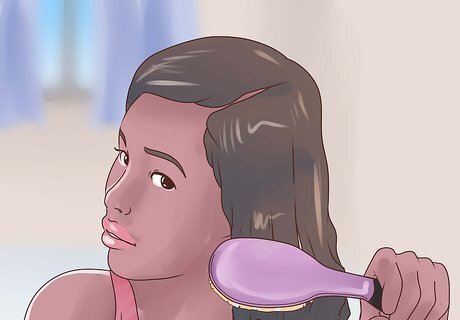
Detangle your hair gently as needed. Detangling can be a challenge with kinky or curly hair, and using harsh methods can cause breakage and inhibit growth. Moisturize your hair and then carefully remove any tangles with a wide-toothed comb, boar bristle brush, or your fingers. Finger-combing is the gentlest method of detangling hair, so this may be the best option if you have fragile 4B or 4C hair. Always start detangling at the ends of your hair, and work your way up toward the roots. Try detangling your hair once a week, and adjust how frequently you detangle depending on your hair’s needs.
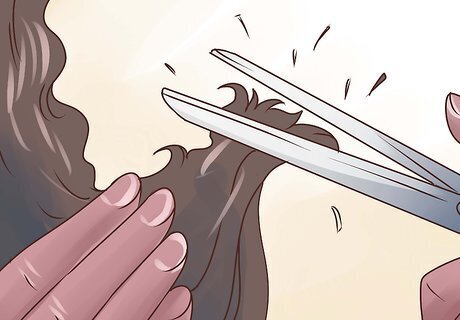
Get regular trims. The ends of your hair are susceptible to dryness and breakage. Once the ends start to break, the damage can easily travel up the shaft of the hair and inhibit growth. Get your hair trimmed once every other month to keep the ends healthy and prevent any damage from spreading.
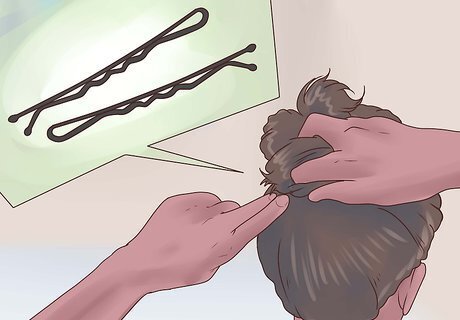
Wear protective hairstyles. While tight weaves and braids can damage your hair and scalp, other hairstyles can protect your hair from damage and promote growth. Use gentle styles that are easy to maintain, like box braids, Marley braids, cornrows, or twists. Avoid using rubber bands to tie up your hair, since these can cause breakage. Use gentle fabric hair ties instead. An afro was the best option for me. "I have been shaving my hair since birth. When I wanted to start keeping it, I had alopecia, so managing my hair was very difficult for me. I was not permitted to do braids or any other hairstyles, so keeping an afro was my best option. But with these tips, I have seen a massive change in my hair texture and hair length. I really love it and I think I'll maintain this method." - Nadia A. I have a combination of low-porosity and high-porosity hair. "I take biotin daily, drink bamboo tea daily, sleep with my hair covered always, and use an Afro pick (instead of a wide-toothed comb) and my fingers to detangle my hair. It all helps immensely!" - Karen L. Conditioners and healthy foods make a difference. "My child lost her beautiful hair at the age of two due to a relaxer. She is now eight years old and her hair has grown out tremendously, it’s back to looking full, shiny, and manageable. All I do is condition her hair and feed her the healthiest foods." - Dejohnette K. We want to hear from you! Advice from our readers makes our articles better. If you have a story you’d like to share, tell us here.
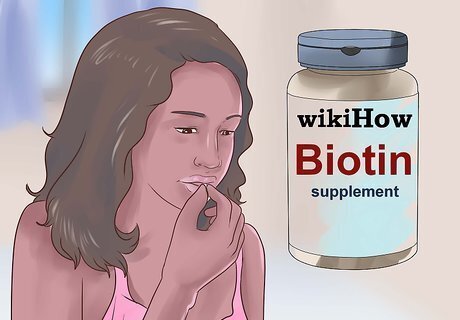
Take vitamins that support hair growth. There are a variety of supplements on the market that can help strengthen your hair and promote optimal growth rates. Before you start taking any supplement, talk to your doctor about the possible risks and benefits. Biotin (vitamin B-7) is the vitamin most commonly recommended for promoting hair growth. However, other supplements may also be helpful, such as: Vitamin D B-complex vitamins Vitamin E Vitamin A
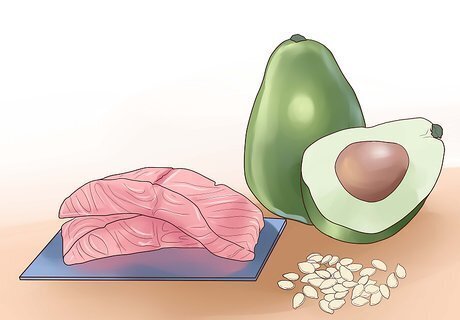
Care for your overall health. You need a healthy body to grow healthy hair. You can maximize your hair growth potential and keep your hair strong by getting proper nutrition and minimizing stress on your body and mind. Do your best to: Eat a balanced diet rich in leafy greens, lean protein, healthy fats, and dietary fiber. Stay hydrated. Get 7-9 hours of sleep every night. Get at least half an hour of physical activity each day. Engage in stress-relieving activities, like yoga, mindful meditation, or hobbies you enjoy.
Protecting Your Hair from Damage
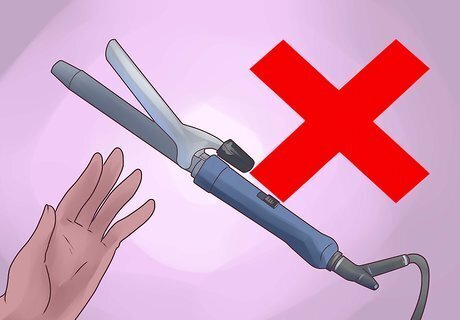
Avoid using heat on your hair. High temperatures make your hair dry and brittle, increasing the chances of breakage. If you must use heat on your hair, try to limit it to once a week at most. Allow your hair to air dry whenever possible. The heat from blow dryers can be especially damaging, as it is combined with a strong blast of air—another culprit for hair damage. Keep use of flat irons and curling irons to a minimum. Because these can heat upwards of 400 °F (204 °C), you are literally cooking your hair. If you have to use heat, apply a heat-protectant product before heating your hair. Never use a flat iron or curling iron on wet hair. Doing so can cause serious damage to your hair.
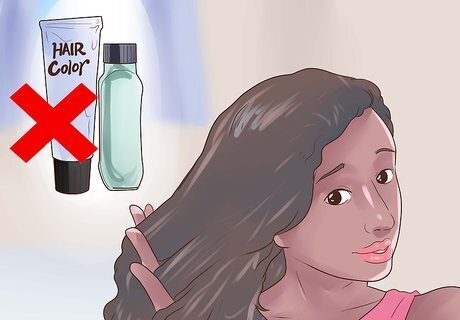
Steer clear of hair color. The chemicals in hair dye are a major cause of hair damage. Using dyes often can prevent hair growth by damaging the entire strand of hair. If possible, don’t dye your hair at all. If you must, wait at least 3 months between hair dye sessions.
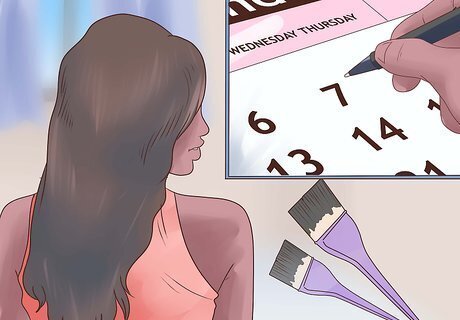
Wait at least 8 weeks between relaxing sessions, if you relax your hair. If you get your hair relaxed, you know how damaging it can be to your hair. Although getting your hair relaxed frequently may be tempting in order to maintain straight locks, try to wait as long as you can between sessions. Waiting at least 8 weeks between hair relaxing treatments can help minimize damage and aid in hair growth. If you are able and willing, try foregoing relaxing your hair for a natural look instead. This will not only mix up your hairstyle, but increase your hair’s ability to grow faster.
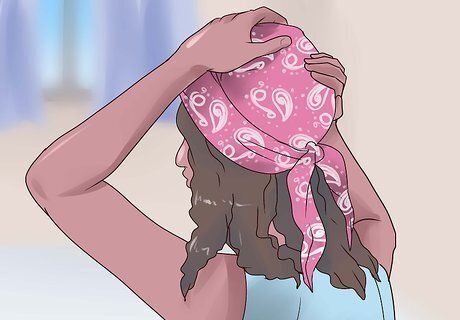
Sleep on a silk pillowcase or wrap your hair in a silk scarf. Your pillowcase can absorb oils from your hair during the night, causing dryness and damage. To minimize this and reduce nighttime stress on your hair, use a silk or satin pillowcase. Alternatively, you can wrap your hair in a silk or satin scarf before you go to bed. Wrapping your hair in a silk or satin scarf can also help it retain moisture and protect it from the elements. This is something you can do either during the day or at night.










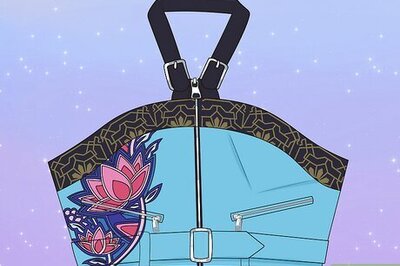

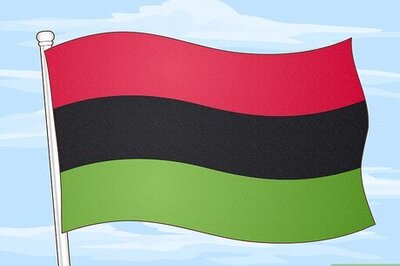



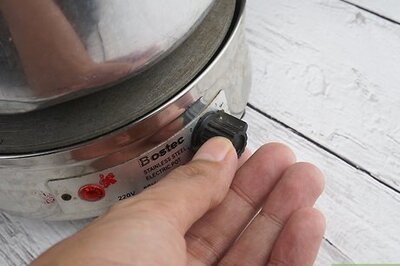
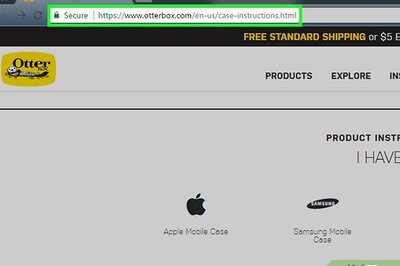
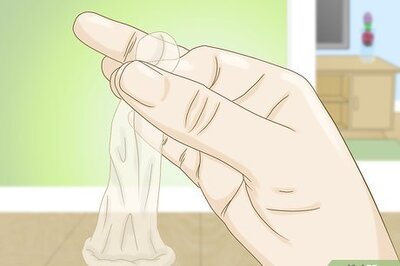

Comments
0 comment